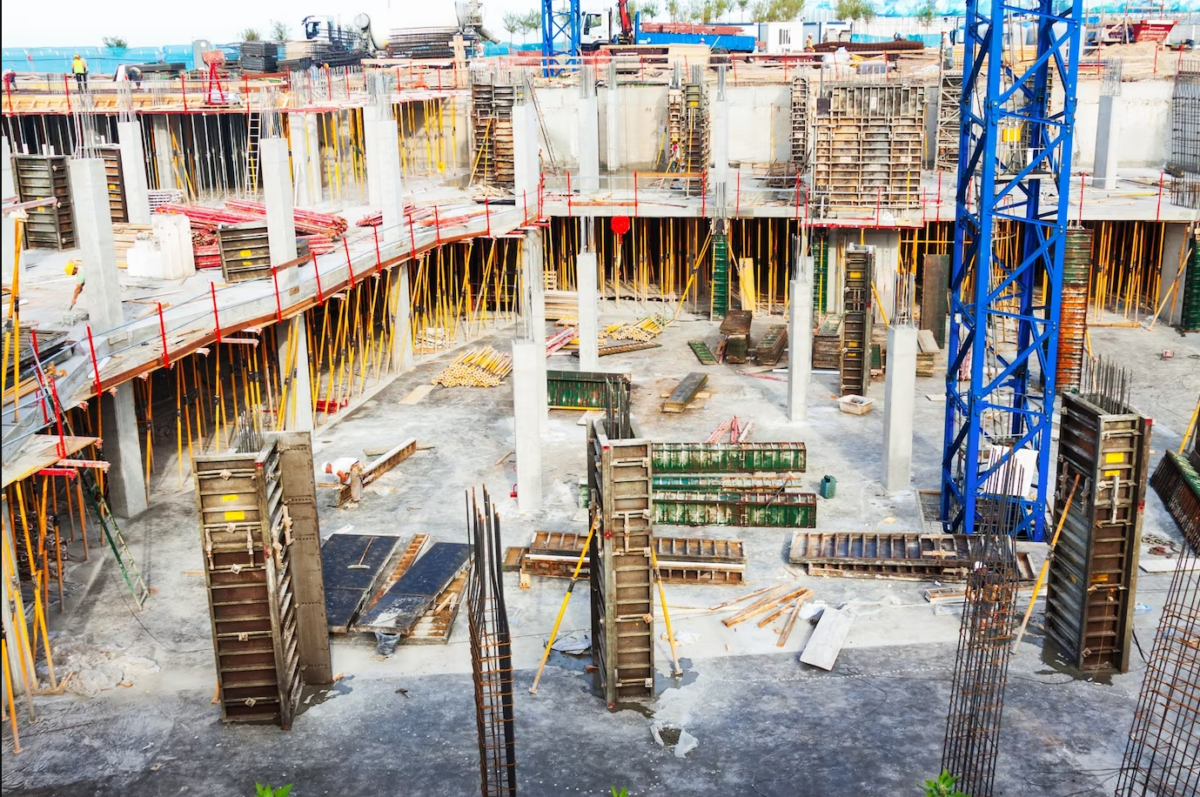Concrete and cement are integral components of almost every construction project. They form the solid foundations on which our roads, bridges, buildings and infrastructure are built upon. Though often overlooked, there is an art and science behind working with these fundamental materials that takes years of experience to truly master. From mixing and pouring to finishing and curing, cement and concrete workers are the backbone of the construction industry. Their skills allow us to literally build the world around us from the ground up.
In this article, we will take a closer look at cement, concrete and the variety of critical jobs in the construction industry that revolve around them. We will examine what cement and concrete workers do day in and day out. We will also highlight why expertise and craftsmanship with these materials really matters when it comes to building safe, durable and long-lasting structures. Whether you are considering a career working with cement and concrete yourself or just want to better appreciate the foundation of the infrastructure you use everyday, read on to understand the art and science of cement and concrete construction jobs.
Cement And Concrete – What’s The Difference?
Though the terms cement and concrete are often used interchangeably, they actually refer to two different but related materials. Cement is a fine, gray powder that serves as one of the key ingredients in concrete. It is made by heating up a mixture of limestone and clay in a kiln to temperatures between 2,500-2,800°F. This heating process, known as calcination, transforms the hard mixture into heady nodules called clinker. The clinker is then cooled, ground up and combined with gypsum and limestone to produce cement.
The key property of cement is that it binds well to sand, gravel and stones thanks to a chemical reaction with water. This reaction process, known as hydration, is at the core of how cement builds strength to hold building materials together. But cement on its own – as just a dry powder – has limited utility in construction. This is where concrete comes into play.
Concrete is basically a building material made from cement mixed with an aggregate like sand and gravel plus water. The cement binds to the sand and gravel as it hardens and gains strength. Not only does this create an extremely durable final product, but concrete can also be poured into specific molds and shaped as required during the initial mixing and pouring process before hardening occurs. Taking advantage of concrete’s moldability is what has allowed us to build modern marvels like the Hoover Dam, the Burj Khalifa skyscraper or even the dome of the US Capitol building.
The versatility and durability of concrete comes down to having the right mixture of fine aggregates like sand and coarse aggregates like different sizes of gravel along with the proper water-cement ratio. This is where the first of many specialized jobs in cement and concrete construction come into play…
The Professional Concrete Mixer
Crafting quality concrete depends firstly on getting the mixture right at the batching plant before it is sent off to the construction site ready for pouring. Concrete mixer truck drivers are responsible for safely transporting thousands of pounds of concrete from plants to construction projects during vital day-long pouring windows. Professional mixers don’t just drive and pump concrete though. They must also continuously monitor concrete properties throughout the delivery process.
The job requires taking samples and running tests to check that the essential 5 Cs – consistence, composition, compactability, compressive strength and constancy – remain within acceptable limits during transportation. Things like temperature, humidity and even traffic can impact concrete properties after batching. An experienced concrete mixer will detect any issues through testing and adjust the load en route if possible to ensure specifications are still met upon final pouring and placement. Given the narrow working times and huge costs involved with concrete pours, a professional mixer’s quality control role is invaluable for construction success.
The Reinforced Concrete Mason
Once cement leaves the concrete plant and arrives on site, an entirely new set of construction crafts take over. Reinforced concrete masons are among the first specialists to work with delivered concrete. As the name suggests, reinforced concrete relies on steel reinforcement bars, grids or cages that get embedded into the curing concrete to bolster tensile strength. Think rebar and mesh – reinforced concrete masons are experts at placing these essential internal supports properly within forms and molds before pouring begins.
Get the rebar spacing, alignments or depths wrong and the structural integrity of the finished product could be compromised. Reinforced concrete masons have to be adept with welding and fabricating custom rebar cages based on evolving engineering plans. They also utilize specialized rebar tying and splicing techniques to ensure robust continuous reinforcement. And they have to work closely with formwork crews to guarantee steel placements meet design load, shear and flexural strength requirements once concrete is poured overtop. It is an art and science that relies heavily on construction experience and spatial reasoning skills.
The Concrete Finisher
Concrete finishers possess what is likely the most recognizable cement and concrete job in the construction industry because they do the hands-on work of transforming wet concrete into smooth horizontal surfaces. Finishing crews flow, vibrate and hand screed poured concrete into a rough initial form before employing an arsenal of tools like floats, trowels and groovers to impart final textures and designs per project plans.
It is extremely labor intensive work that relies on strength, stamina and working quickly. But concrete finishers also develop specialized techniques and artistic flourishes over years in the trade to achieve decorative exposed finishes. And their craftsmanship is critical to meeting exacting specifications on crucial horizontal surfaces like roads, runways and floor slabs where proper grades and drainage cannot be compromised. Finishers truly blend equal parts art and science while shaping some of the most important construction materials on earth.
The Concrete Pumping Operator
Poured concrete has limited plasticity after batching. It must be placed and finished within tight windows before hardening occurs. This is where specialists like concrete pumping operators step in. Concrete pumps are powerful truck-mounted hydraulic machines that transport wet concrete over long horizontal and vertical distances with amazing accuracy. Fitted with large booms and efficient placing gear, concrete pumps can deposit concrete exactly where needed quickly and efficiently across even the largest jobsites.
But pumping concrete is also complicated business rife with pressure differentials, pipe friction losses and incredibly abrasive aggregates constantly wearing down system components. Professional operators must monitor pump performance constantly to avoid issues like line blowouts, pump seizures or pouring interruptions which could botch an entire concrete placement event. At the same time, concrete pump operators coordinate closely with finishers during pours to adjust output rates and boom angles to fill forms appropriately. Like their mixer truck colleagues, concrete pump operators blend top-tier equipment operation skills with construction coordination and troubleshooting savvy developed over years learning the concrete trade.


